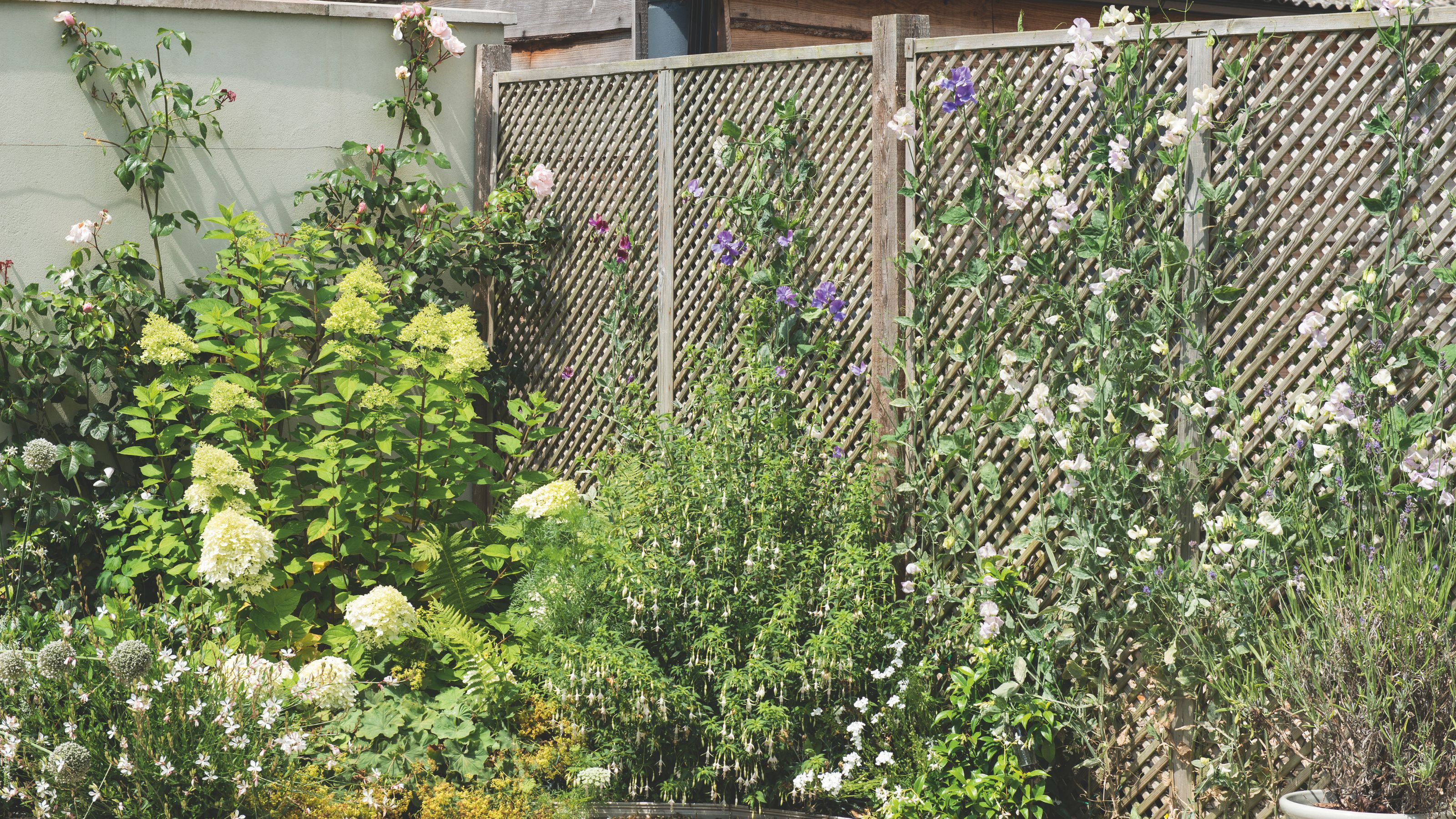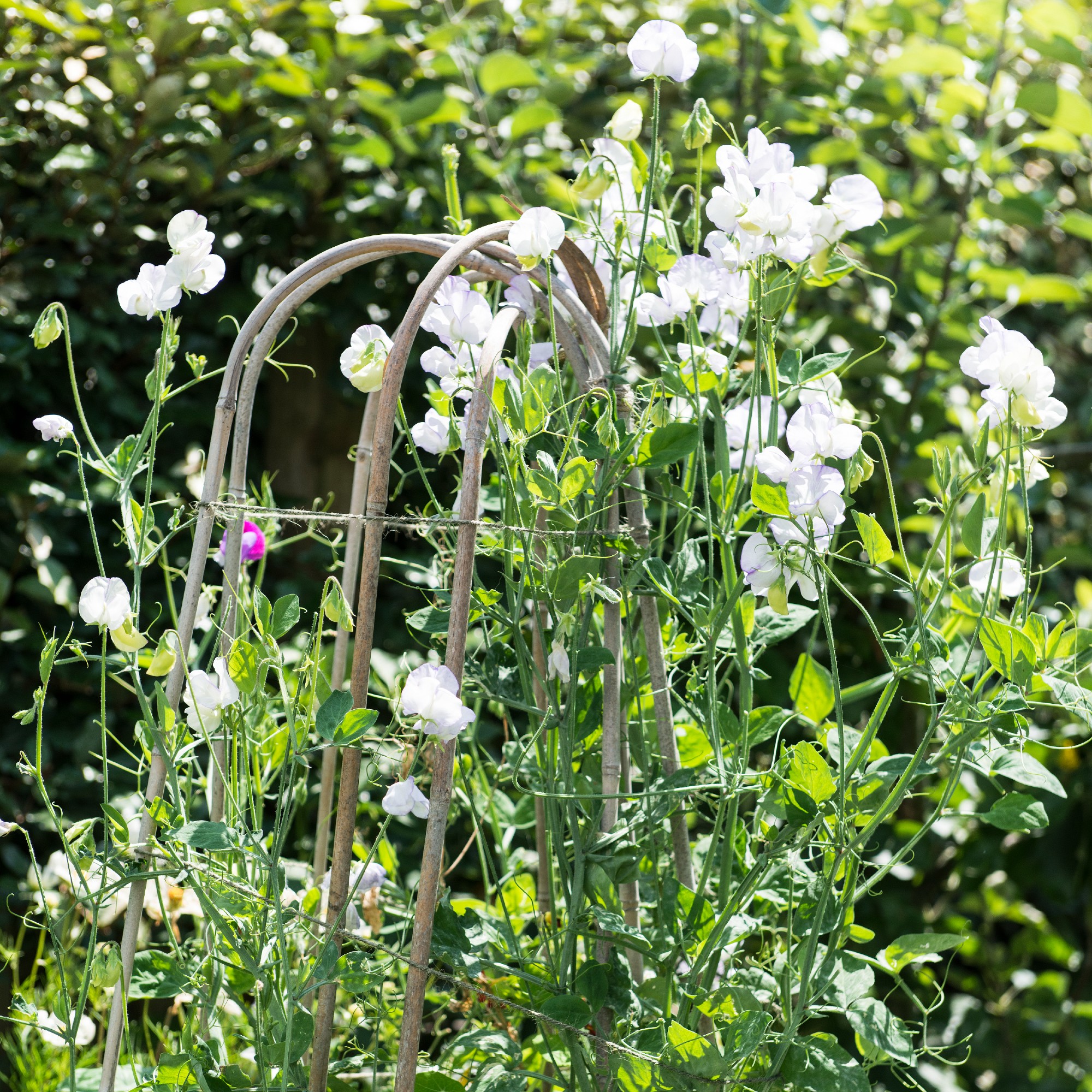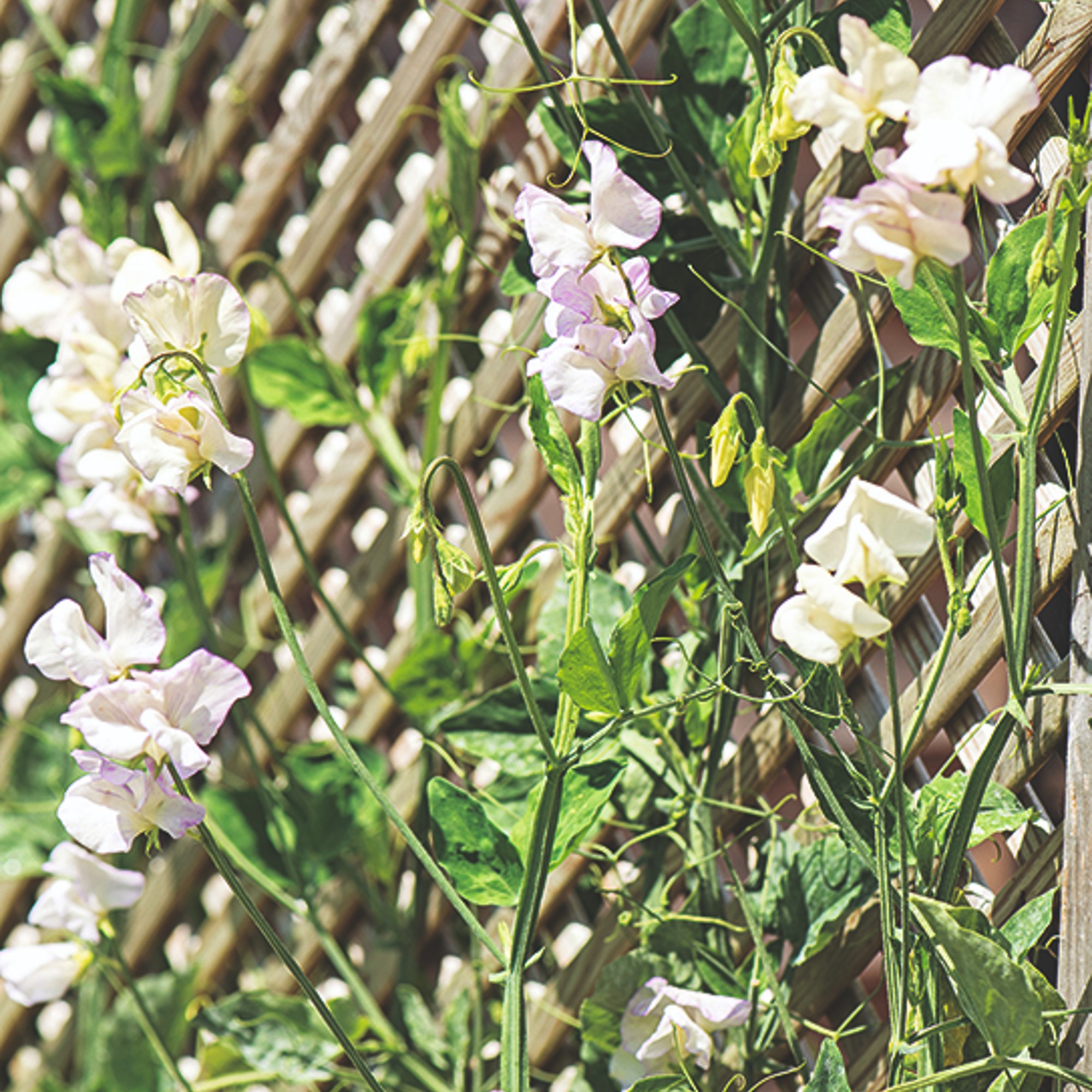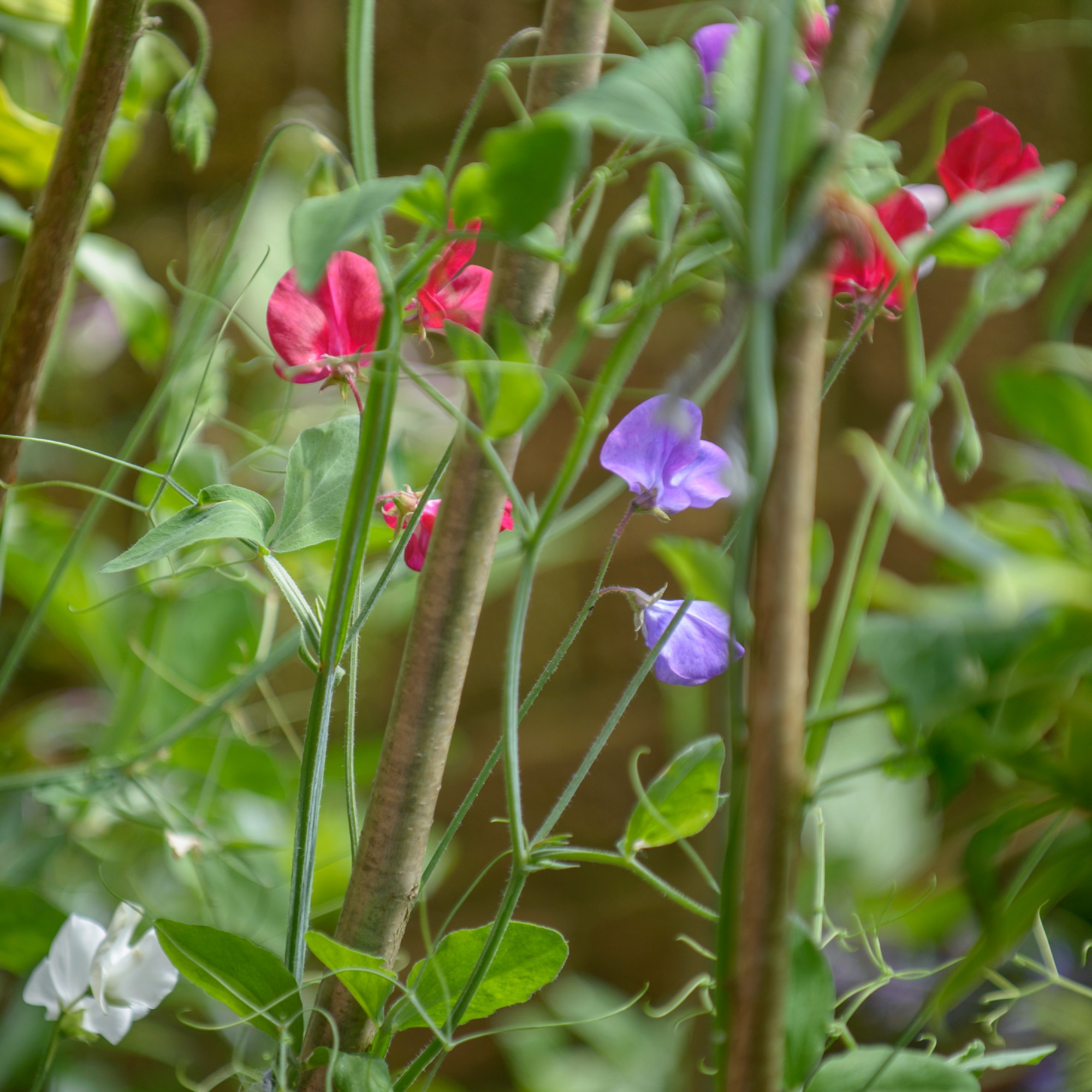Powdery mildew on sweet peas is rife right now – here's how to prevent it
And what to do if it's already taken hold of your sweet peas


Powdery mildew on sweet peas is one of the most common problems you'll have with these flowering favourites, especially as we head into late summer.
In fact, you might find cases of powdery mildew on plants throughout your garden over the coming weeks – but if you take the right preventative measures, you’ll not only care for your sweet peas better than ever before, but help them sidestep the disease, too.
Below, you’ll find out what causes powdery mildew on sweet peas, and the best ways to avoid it.

What causes powdery mildew on sweet peas?
Powdery mildew is rife among sweet peas at this time of the year, and it’s largely thanks to late-season fatigue. Whether you’ve learned how to grow sweet peas from seed or you’ve grown them on from plug plants, there’s a much higher risk right now.
‘Sweet peas can develop powdery mildew later in the growing season when the plants are dry or stressed,’ explains Julian Palphramand, head of plants at British Garden Centres.

It’s all down to the weather this month. ‘Powdery mildew thrives in conditions where days are warm and dry and nights are humid, making late spring through to autumn the riskiest period,’ says David Fryer, head of technical at Mr Fothergill’s.
If you notice white, powdery spots on your sweet peas, there’s a good chance they’re infected, and you’ll need to remove the infected shoots and leaves to stop the spread. Luckily, though, there are a few ways to prevent it (besides ordering Provanta Fungus Fighter Plus from Amazon)…
Sign up to our newsletter for style inspiration, real homes, project and garden advice and shopping know-how
How to prevent powdery mildew on sweet peas
Because it’s a fungal disease we’re dealing with, you’ll need to make sure there’s plenty of air circulation around your plants (especially if you find your sweet peas aren't flowering).
‘Sweet peas are prone to powdery mildew, so steps should be taken to encourage proper air flow by not planting them too densely,’ advises Alex Biggart, brand manager at 123 Flowers.
Adequate spacing between sweet peas will make a huge difference, but you’ll also need to be more cautious when watering your plants.

‘Water carefully, preferably at the base, taking care not to splash water onto the foliage,’ says David from Mr Fothergill’s.
David also recommends avoiding shaded areas as a growing spot for your sweet peas, because powdery mildew enjoys stagnant environments. Keep the spot free of leaves and other debris where the disease can harbour over winter, too.
If powdery mildew has already taken hold of your sweet peas, there are a few remedies you can try besides removing the infected material, like Neudorff Mildew Clear for Edibles from Amazon. If you're keen to garden chemical-free, though, it's worth pruning away the diseased leaves first.

Sophie joined the Ideal Home team as Gardens Editor in June 2024. After studying English at Royal Holloway, University of London, she began writing for Grow Your Own, which spurred on her love of gardening. She's tried growing almost every vegetable under the sun, and has a soft spot for roses and dinnerplate dahlias.
As Gardens Editor, Sophie's always on the lookout for the latest garden trend. She loves sharing growing hacks for every space, from herbaceous borders to balconies.